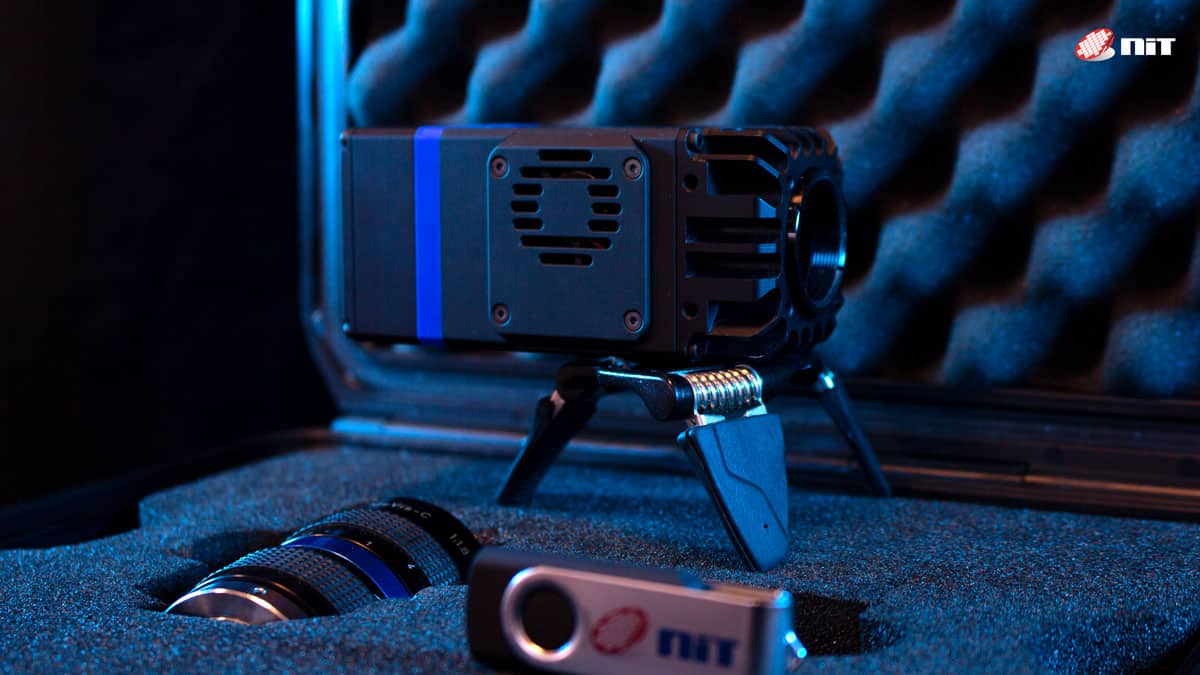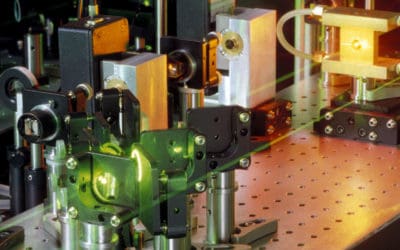After a successful introduction at Photonics West, NIT launches HiPe SenS final version with a high level of performance.
The HiPe SenS benefits from our latest SWIR sensor – NSC1902T-SI, thanks to the innovative design of its InGaAs photodiode array coupled to our high-performance ROIC. The new sensor’s highlights include low noise operation and ultra-low dark current.
HiPe SenS dedicated to low light imagery and long exposure time applications. It can operate with an FPA temperature as low as -20°C only with internal air cooling. Also, the small form factor allows easy integration to microscope benches or any other optical devices.
Among its best features are:
- Lowest dark current of its class: <1500 e-/pixels/s @-20°C
- High QE: 90% typical
- Sensor noise: < 40e-
- Integration time: 10 µs to 112 sec
- Frame rate: Up to 230fps full frame
Being vertically integrated from sensor to camera manufacturing, NIT can offer the HiPe SenS camera at an affordable price compared to other products in the market.
The camera line is suitable for numerous application areas:
- Medical & Life Science
- Metrology (microscopy, hyperspectral)
- Process control (industry, semiconductors, food)
- Surveillance
- Photon counting
The HiPe SenS is now available in the USB3.0 interface (HiPe SenS 640V-ST), before extending towards other interfaces shortly. The camera is delivered with NIT proprietary software WiDyVISION and SDK USB Windows & Linux and MicroManager adapter.



